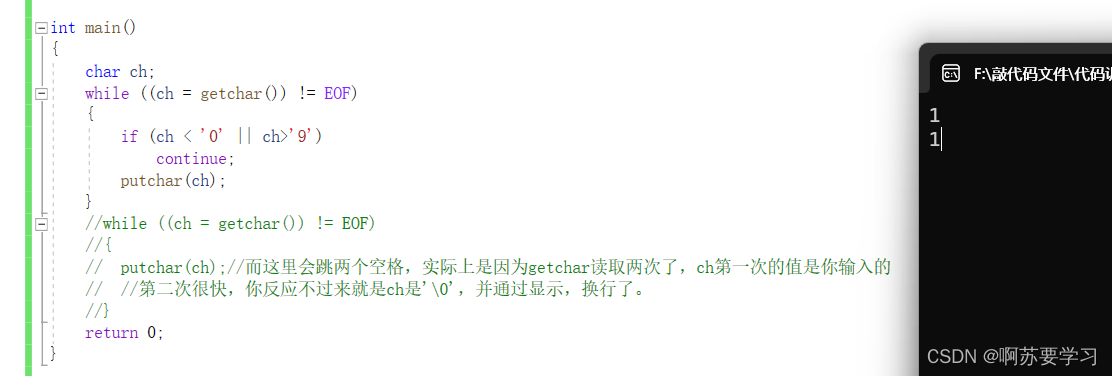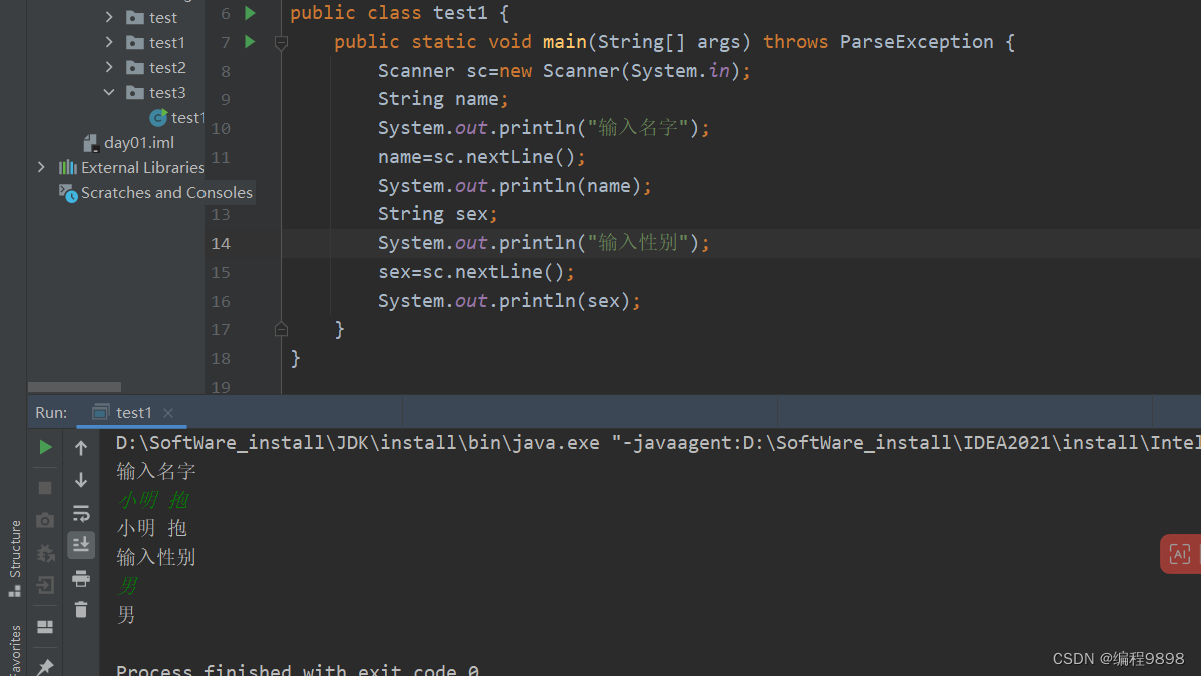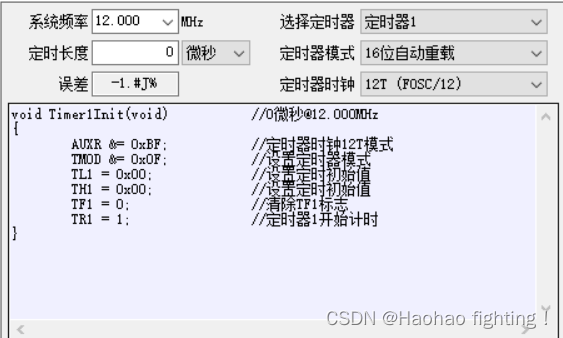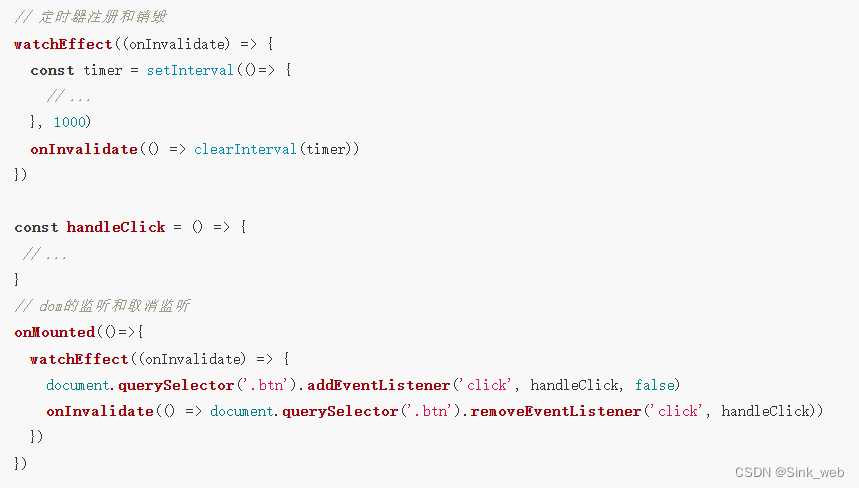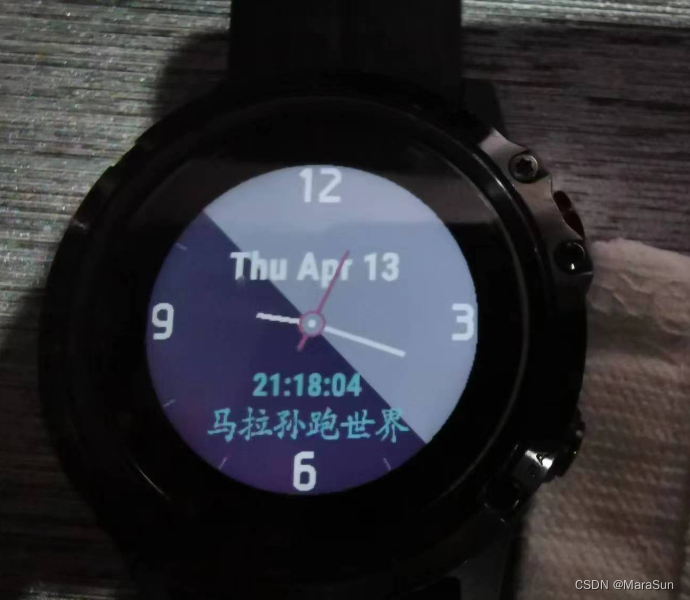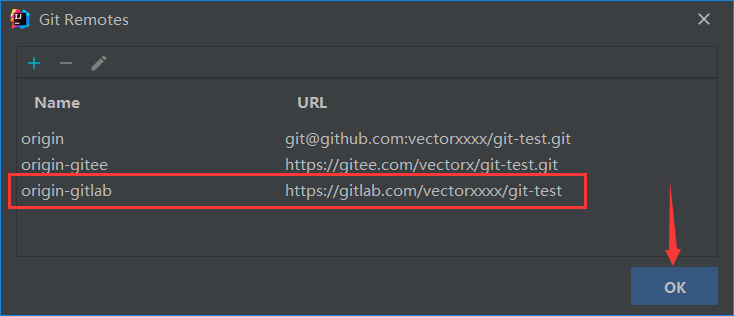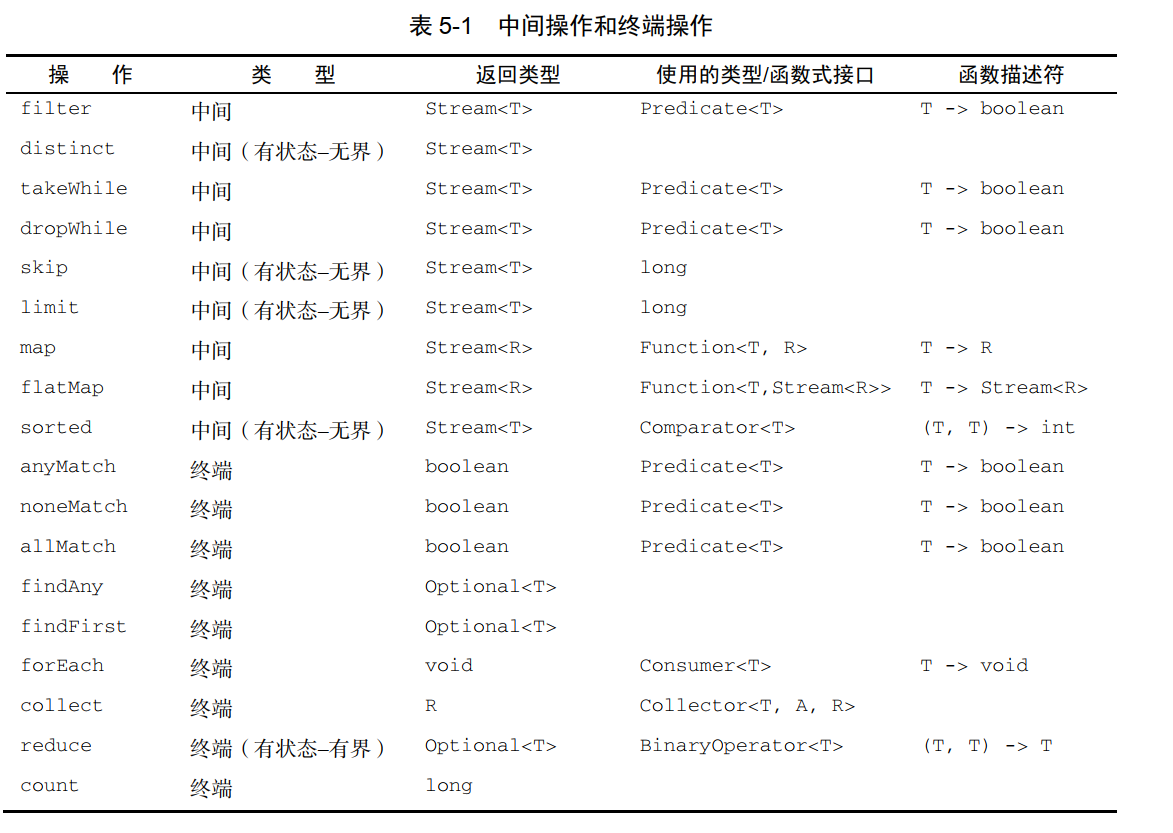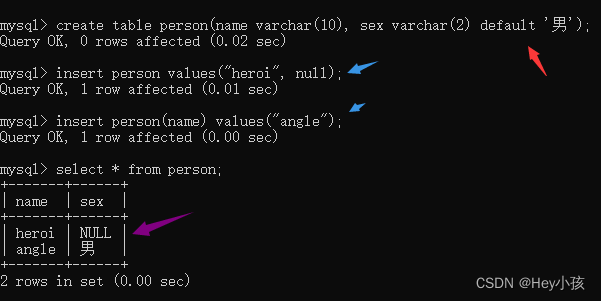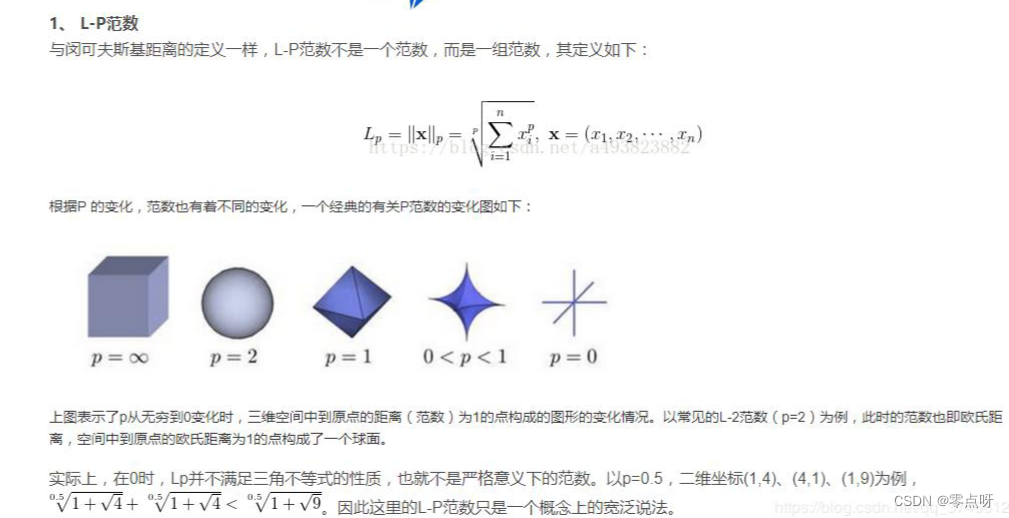前言
嗨喽~大家好呀,这里是魔王呐 ❤ ~!

为了确保字符串按预期显示,我们可以使用 format() 方法对结果进行格式化。
字符串 format()
format() 方法允许您格式化字符串的选定部分。
有时文本的一部分是你无法控制的,也许它们来自数据库或用户输入?
要控制此类值,请在文本中添加占位符(花括号 {}),然后通过 format() 方法运行值:
实例
添加要显示价格的占位符:
price = 52
txt = "The price is {} dollars"
print(txt.format(price))
运行实例

你可以在花括号内添加参数以指定如何转换值
实例
将价格格式化为带有两位小数的数字:
txt = "The price is {:.2f} dollars"
运行实例
price = 52
txt = "The price is {:.2f} dollars"
print(txt.format(price))

查看字符串 format() 参考手册中的所有格式类型。
多个值
如需使用更多值,只需向 format() 方法添加更多值:
print(txt.format(price, itemno, count))
并添加更多占位符
实例
quantity = 3
itemno = 567
price = 52
myorder = "I want {} pieces of item number {} for {:.2f} dollars."
print(myorder.format(quantity, itemno, price))
运行实例

索引号
您可以使用索引号(花括号 {0} 内的数字)来确保将值放在正确的占位符中:
实例
quantity = 3
itemno = 567
price = 52
myorder = "I want {0} pieces of item number {1} for {2:.2f} dollars."
print(myorder.format(quantity, itemno, price))
运行实例
此外,如果要多次引用相同的值,请使用索引号:
实例
age = 63
name = "Bill"
txt = "His name is {1}. {1} is {0} years old."
print(txt.format(age, name))
运行实例

命名索引
您还可以通过在花括号 {carname} 中输入名称来使用命名索引,
但是在传递参数值 txt.format(carname = “Ford”) 时,必须使用名称:
实例
myorder = "I have a {carname}, it is a {model}."
print(myorder.format(carname = "Porsche", model = "911"))
运行实例

python资料、源码、教程: 点击此处跳转文末名片获取
尾语 💝
要成功,先发疯,下定决心往前冲!
学习是需要长期坚持的,一步一个脚印地走向未来!
未来的你一定会感谢今天学习的你。
—— 心灵鸡汤
本文章到这里就结束啦~感兴趣的小伙伴可以复制代码去试试哦 😝

